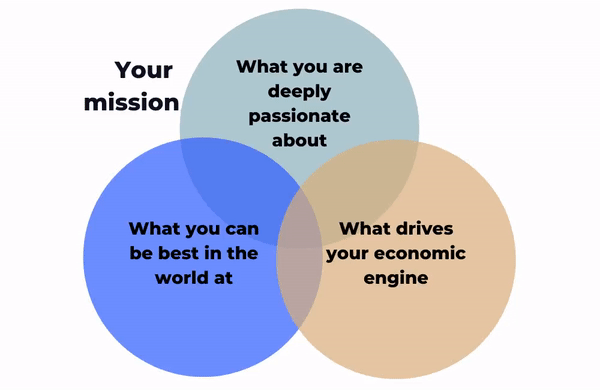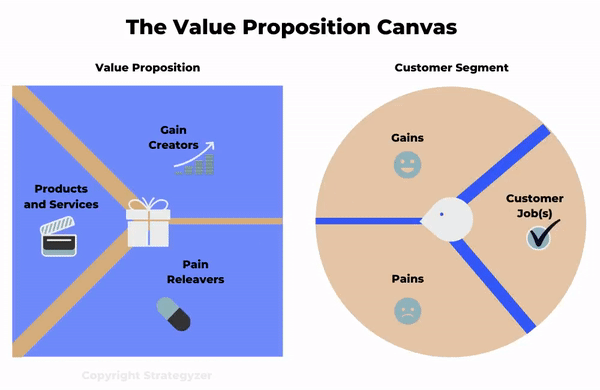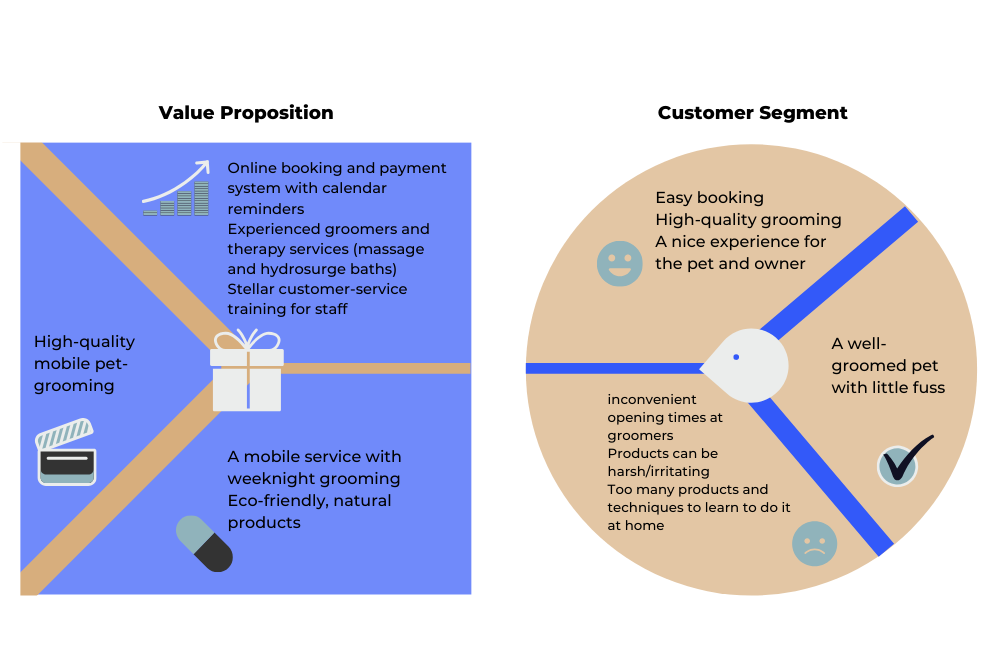
FOUNDATION
Does Your Business Idea Have Legs?
June 17, 2020 | Education
The number of people forced out of work due to the coronavirus peaked at around 35 million, a brutal and historic decline in U.S. jobs.
If you got laid off, chances are making rent and getting rehired are your only priorities. But, if you’re lucky enough to have savings and space to pause and plan, you might have decided to explore the freedom, flexibility, and adventure of entrepreneurship.
Aside from the nuts and bolts of a strong business plan, workspace, and start-up capital, your initial success will depend on whether your idea truly addresses a gap in the market and whether you’re the best person to fill it.
What’s your personal mission?
In his book “Good to Great,” Business Researcher Jim Collins argues that the best companies in each industry stand at the intersection of three crucial questions:
- What can we be the best in the world at?
- What drives our economic engine? (what makes money)
- What are we deeply passionate about?
He coined the idea, “the hedgehog concept.” It is based on an ancient Greek parable, “The fox knows many things, but the hedgehog knows one big thing.”
In the story, the fox tries many cunning methods to catch the hedgehog. It swipes, it sneaks, it pounces, and it hides in the bushes. However, it’s always thwarted by the hedgehog’s spikes, its singular strategy to defend itself.
Hedgehogs do one thing excellently and have focus. In business, we might call this an overarching vision.
If you have something you love to do that you’re great at, but can’t make money from, it’s a hobby.
If you have something that you are good at that pays well, that you aren’t passionate about, it’s just a job.
If you have something that you love to do that you can monetize, but aren’t skilled in, it won’t last.
Your mission lies at the overlap of these three dimensions; your key focus that will guide your organization toward success.

Can You Bring Unique Value?
Once you’ve found your mission, you need to make sure that you’re delivering the maximum amount of value to your customers.
Strategyzer—a company that creates business strategy tools—lays out mirroring questions that ask you to consider what your customer wants and what you can offer them; the value proposition canvas.

You start with your customer segment.
In your customer segment, you think about who your customer is, what they want, and why they want it. If you have more than one target customer, you can create more than one canvas.
The research you do to fill in this section could be as informal as chatting with people in the right demographic or could be desk research, social listening, a targeted survey, or in culture reports.
In customer jobs, you describe what your customer wants to get done, whether that’s functional, social, or emotional.
In pains, you consider the frustrations, risks, obstacles, and challenges they might meet when they’re trying to fulfill their need.
In gains, you reflect on how your customer will measure success, the positive outcomes they hope to achieve, and any additional benefits and aspirations they might reach for.
When you fill out this circle, you’re gathering as much information as you can to put yourself in your customer’s shoes and track your understanding of the people or companies that you intend to serve.

Then, you are free to move on to your value proposition.
In products and services, you lay out what your value proposition is built on. What is it that you’re offering? Is it clearly fulfilling a customer job?
In gain creators, you think about how your offer will meet expectations and identify how you can add value.
In pain relievers, you will consider how you can deliver something that minimizes and reduces your customer’s frustrations and make their lives easier.

“The value map makes it explicit how your products and services relieve pains and create gains. Use it to design, test, and iterate your value proposition until you figure out what resonates with customers. You achieve fit by creating a clear connection between what matters to customers and how your products, services, and features ease pains and create gains.” — Strategyzer
Here’s a simple example in action. Yours might have tens of points in each category as you begin to flesh it out.
Emma’s Paw-fect Groomers
Emma is starting a pet grooming company. Her target market is the busy Millennial women in Seattle.

Sign Up For Our Newsletter

